Neutrophils controlled by optical tweezers pave the way for the creation of microrobots that deliver drugs to precise locations in the body.


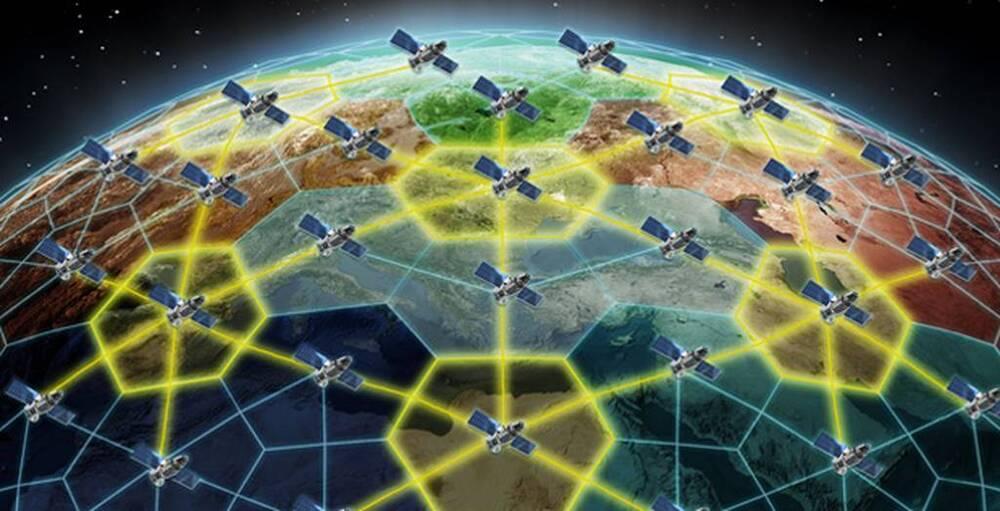
WASHINGTON — The Defense Advanced Research Projects Agency said it selected teams to help develop an on-orbit satellite communications translator within just eight days of releasing a formal solicitation. Now, the Pentagon agency charged with making investments in transformational technology wants to apply that quick approach to other programs.
DARPA announced last month that 11 teams would participate in Phase 1 its Space-Based Adaptive Communications Node program, dubbed Space-BACN, an in-space terminal designed to help government and commercial satellites communicate.
The capability is increasing in relevance as companies such as SpaceX and organizations including the Space Development Agency launch large constellations of satellites to low Earth orbit, within 1,000 kilometers of the planet’s surface. Awardees range from universities to commercial companies, some of which have never worked with the U.S. Department of Defense. DARPA didn’t announce the total value of the agreements.
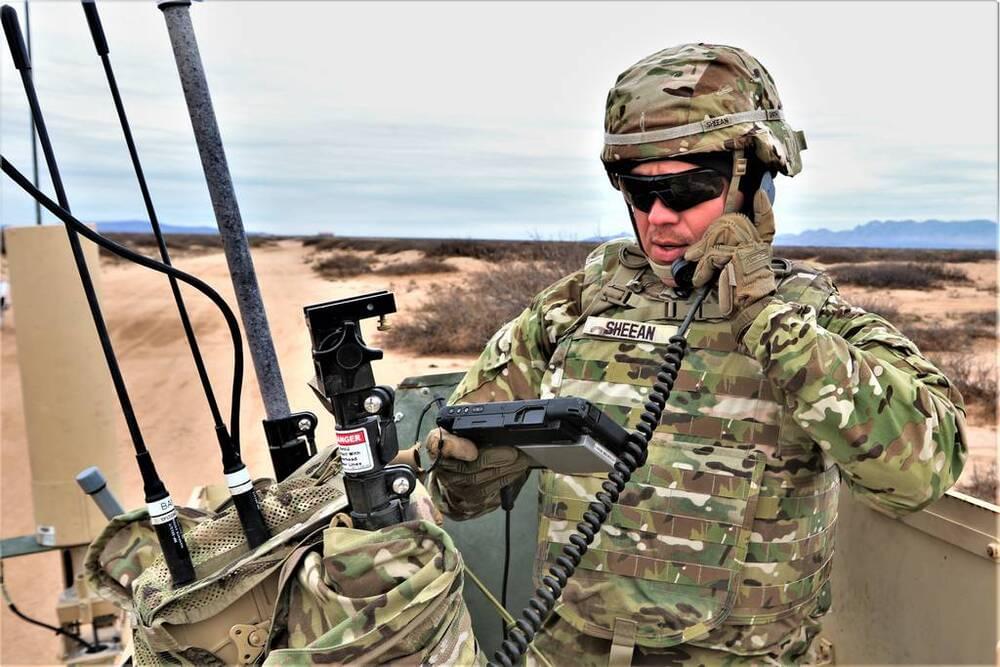
In the last three or four years, he said, “we’ve gone through three different versions of our dismounted gear. So we’re able to quickly pivot to the next technology and not necessarily go down long-term production of the same solution when the technology is iterating and the threat is iterating.”
The Army is reinvigorating its networks, sensors, EW arsenal and related tools following decades of counterterrorism operations — a period when troops engaged with forces sporting less-advanced gear and communications were less at risk.
The U.S. is now preparing for potential fights against China and Russia, two world powers that spend significantly on military science and technology. The targeting of networks and other battlefield systems seen in the Russia-Ukraine war is only adding to the sense of urgency.

Inbound foreign investments in key sectors are reviewed by the Committee on Foreign Investment in the United States (CFIUS). However, screening of outbound investments – a so-called “reverse CFIUS” – would be new, and could significantly impact industries ranging from aerospace and defense to fintech to pharmaceuticals.
How did we get here?
The last several years have witnessed an accelerated national security pivot from the twenty-year global war on terror to strategic competition with major state adversaries. Unclassified assessments of the U.S. national security posture reveal significant threats in domains ranging from artificial intelligence to hypersonic weapons to energy, many of which have been exacerbated by the theft of U.S. technology. The legislation proposing a “reverse CFIUS” review would seek to counter these threats by adding new controls to the flow of U.S. capital and intellectual property abroad.
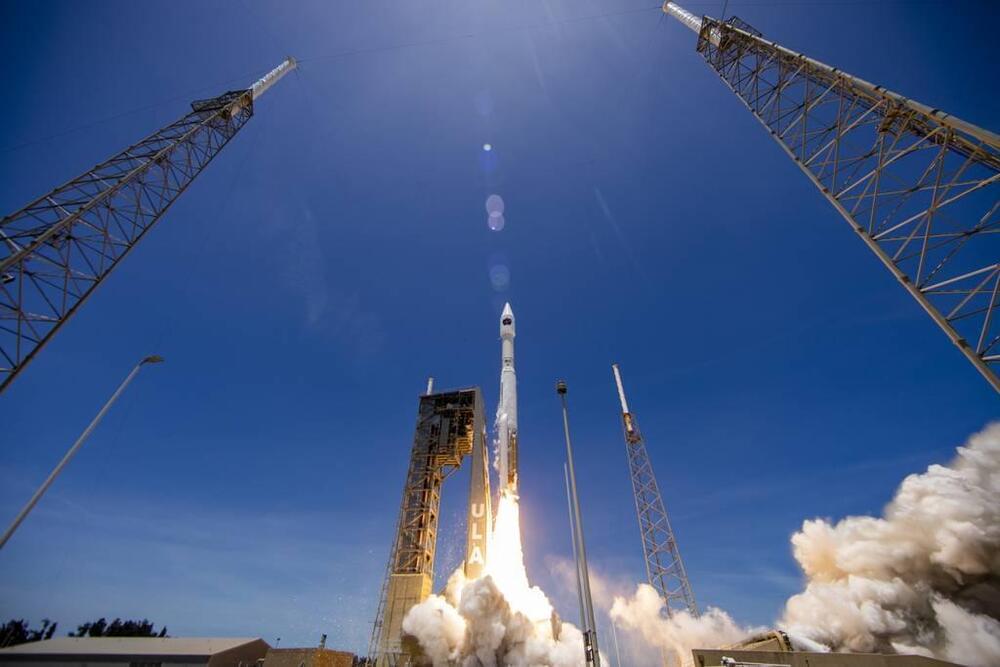
WASHINGTON — The U.S. Space Force is moving forward with plans to transform the way it manages major launch ranges after briefing industry this month on a forthcoming operations and maintenance contract.
Ranges in Florida and California have seen huge growth in both the rate at which customers are launching satellites and the number of companies certifying new rockets to fly those missions. The Space Force estimates that within the next few years the ranges it manages at Cape Canaveral Space Force Station and Kennedy Space Center could host as many as 300 launches annually, up from 31 launches last year and 67 planned for 2022.
The surge in activity requires a new way of operating, service officials say, and it’s why the Space Force is planning to award a contract in 2024 to support range operations, maintenance, sustainment integration and other efforts. In briefing slides from the Aug. 11 industry day, which more than 100 companies attended, the service says it will solicit proposals next May for the five-year contract. No value for the contract was given.

NOMARS took a clean-sheet approach to ship design, holding firmly to the requirement that there will never be a human on board the vessel while it is at sea – including during underway replenishment (UNREP) events. By eliminating all constraints and requirements associated with humans, NOMARS opened up the design space to novel ship configurations and capabilities that could never be considered for crewed vessels.
NOMARS is also pushing the boundaries on ship reliability. Because there is no crew on board to perform maintenance, NOMARS required new approaches for power generation, propulsion, machinery line-up and control schemes to ensure continuous functionality throughout a long mission in all weather, temperature and sea states.
“NOMARS plans to demonstrate a next-generation completely unmanned ship that will enable entirely new concepts of operations,” said Gregory Avicola, program manager in DARPA’s Tactical Technology Office. “We will enable methods of deploying and maintaining very large fleets of unmanned surface vessels that can serve as partners, across the globe, for the larger crewed combatants of the U.S. Navy.”

Protons are particles that exist in the nucleus of all atoms, with their number defining the elements themselves. Protons, however, are not fundamental particles. Rather, they are composite particles made up of smaller subatomic particles, namely two “up quarks” and one “down quark” bound together by force-carrying particles (bosons) called “gluons.”
This structure isn’t certain, however, and quantum physics suggests that along with these three quarks, other particles should be “popping” into and out of existence at all times, affecting the mass of the proton. This includes other quarks and even quark-antiquark pairs.
Indeed, the deeper scientists have probed the structure of the proton with high-energy particle collisions, the more complicated the situation has become. As a result, for around four decades, physicists have speculated that protons may host a heavier form of quark than up and down quarks called “intrinsic charm quarks,” but confirmation of this has been elusive.
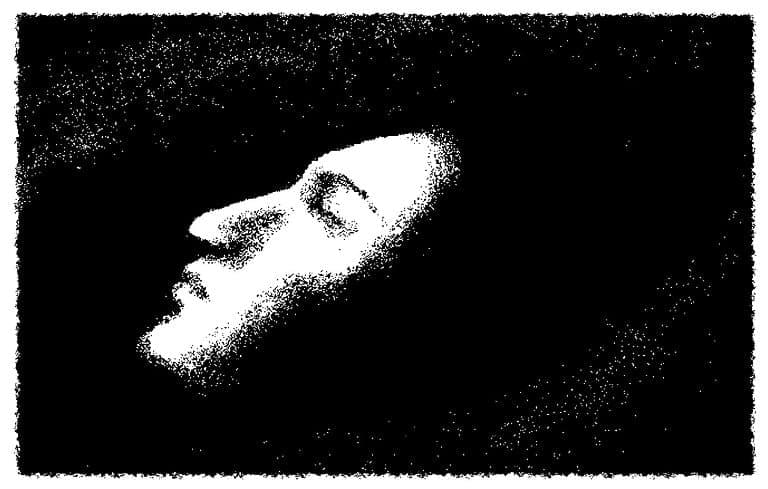
Summary: Sleep age, a projected age that correlates to a person’s sleep health, may be a predictor of overall health and mortality risk.
Source: Stanford.
Numbers tell a story. From your credit score to your age, metrics predict a variety of outcomes, whether it’s your likelihood to get a loan or your risk for heart disease. Now, Stanford Medicine researchers have described another telling metric—one that can predict mortality. It’s called sleep age.

Novo Nordisk’s recent growth renaissance has arrived thanks in no small part to semaglutide—the GLP-1 molecule behind the company’s leading marketed trio of Ozempic, Rybelsus and Wegovy.
These days, much of the semaglutide hype surrounds Ozempic’s domination in diabetes, plus Wegovy’s potential to stir the slumbering giant that is the global obesity market. But even as the molecule’s metabolic empire prospers, Novo Nordisk isn’t letting its GLP-1 stay in its comfort zone. Novo is also pitting the drug against a pair of elusive targets: nonalcoholic steatohepatitis (NASH) and Alzheimer’s disease.
And while CEO Lars Fruergaard Jørgensen is quick to admit the company’s ambitions in these new diseases are among Novo’s “most risky” R&D endeavors, the payoff for patients could be “tremendous,” he said during a recent interview at Novo Nordisk’s headquarters in Plainsboro, New Jersey.
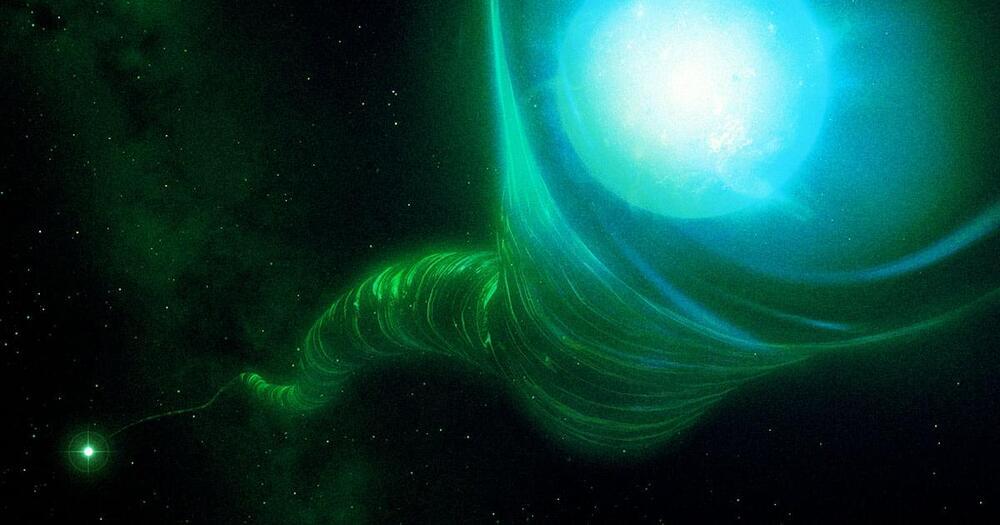
“Intrinsically unstable, a wormhole would need ‘stuff’ with repulsive gravity to hold open each mouth, and the energy equivalent to that emitted by an appreciable fraction of the stars in a galaxy,” reads Science Focus’ story. The idea would be that “if ETs have created a network of wormholes, it might be detectable by gravitational microlensing.”
That technique has been used in the past to detect thousands of distant exoplanets and stars by detecting how they bend light. Whether it could be used to detect wormholes, to be clear, is an open question.
Fortunately, spotting wormholes isn’t our only shot at detecting life elsewhere in the universe. Science Focus also pointed to the search for theoretical megastructures that harness the energy of a star by fully enclosing it, or atmospheric chemicals linked to human pollution, or extremely thin reflective spacecraft called light sails, any of which could theoretically lead us to discover an extraterrestrial civilization.